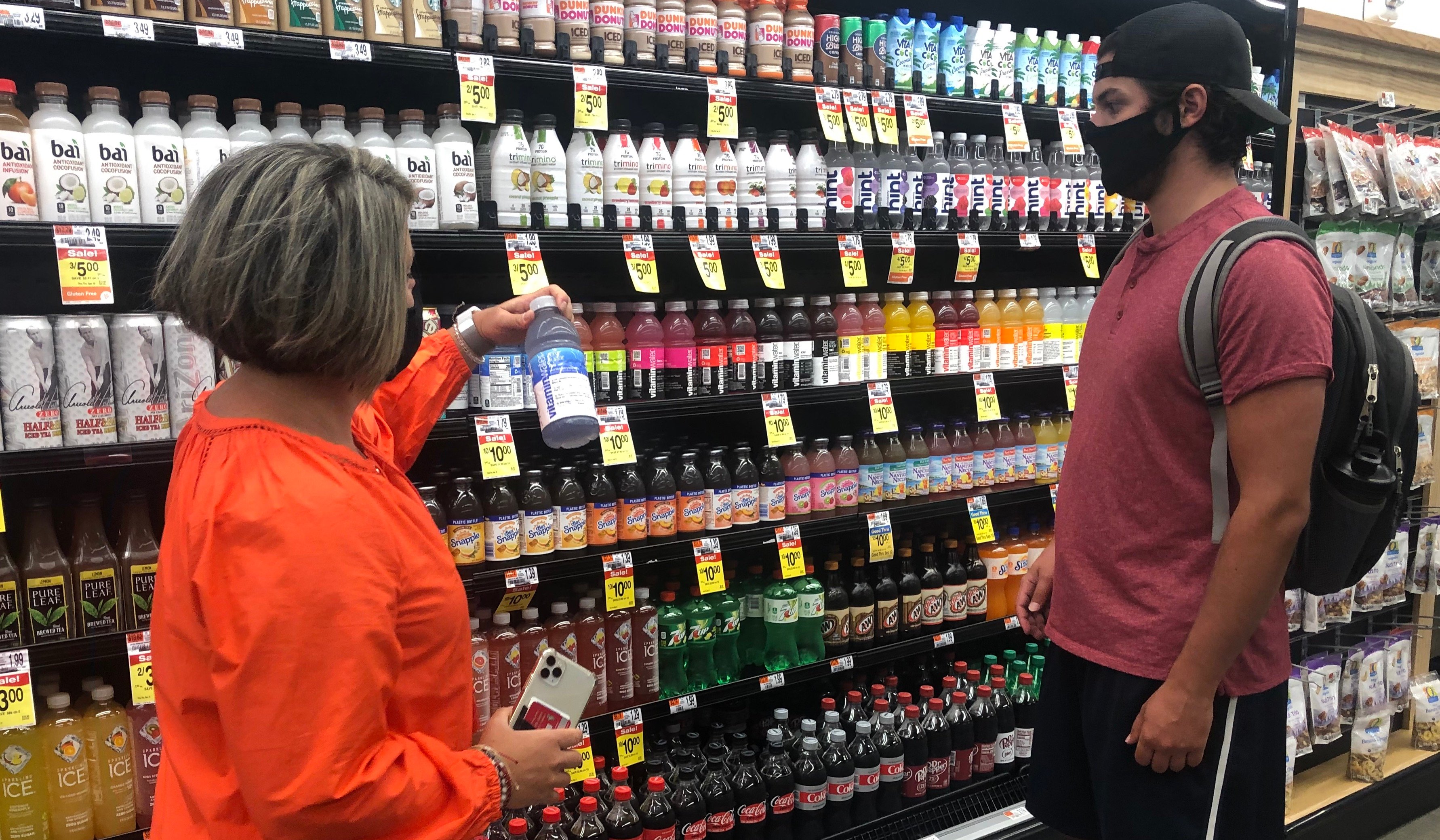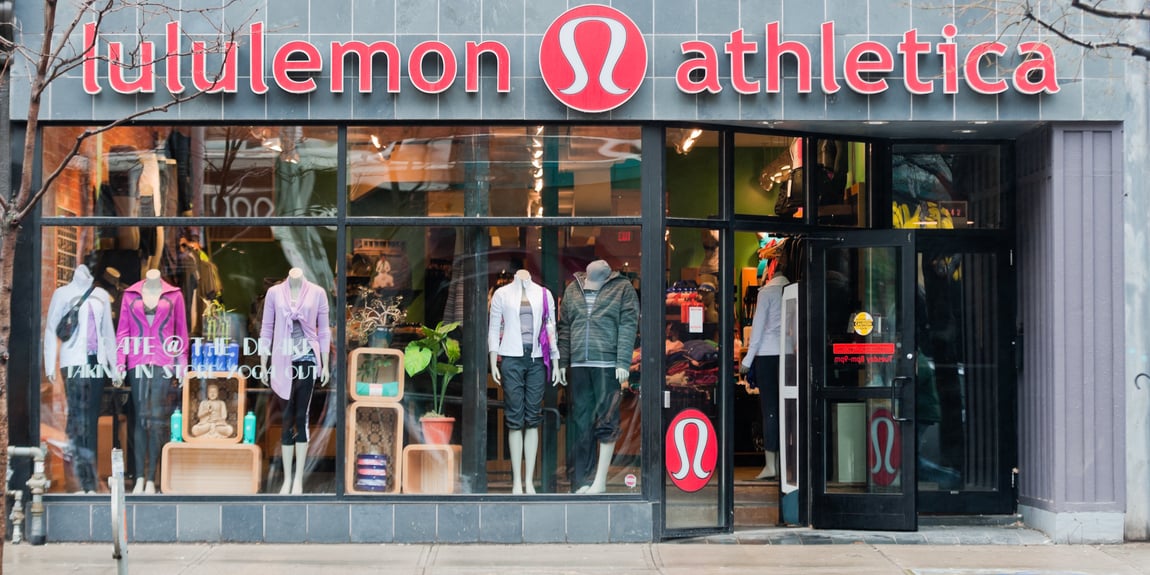Sometimes it can feel like retail is all about the race to innovate: where you either come up with the next great idea or see yourself fall behind.
That's why the notion of "self-disruption"—where retailers like Target are proactively seeking to acquire new technologies so that they can re-invent their business before another company (most often Amazon) forces them to do so—is timelier than ever. It got me thinking: What would “self-disruption” look like for the consumer brand?
As we're discovering, it looks pretty familiar. Retailers that want to stand out from a crowded competitive landscape and build a following of loyal customer advocates are making the shopper experience their top priority. To achieve that, they're increasingly looking at creating an immersive in-store experience, even if they've traditionally only ever sold online.
Clicks to Bricks
Everlane, Warby Parker, thredUP, and Allbirds are just a few of the “pureplay” online brands moving into physical retail. Given that 97% of consumers use the internet to search for local businesses, and 35% of shoppers who begin their shopping journey online will continue it in-person at a physical store, these brands know in-store shopping remains an important step to how customers buy from their business.
As a result, digitally native brands have increased their retail space tenfold over the past five years. Everlane CEO, Michael Preysman, explains that his company needs stores to grow nationally and globally because customers have specifically asked for the ability to “touch a product before they buy it.”
Retailers clearly recognize this demand. Cameron Janes, the VP of Amazon Books, said the retailer prioritized data-driven product discovery when it chose to roll out its brick-and-mortar bookstores. Customers can browse not only the top-rated books on Amazon by customer reviews, but also books that Kindle readers typically finish reading in three days or less.
Even software companies know the value of the in-person experience. Shopify, which makes software for ecommerce merchants, announced that it is opening a physical showroom for its products and services. The store’s mission is to “educate and inspire” potential customers.
What Self-Disruption Looks Like
All this movement from ecommerce to in-store is certainly validating to those who understand that brick-and-mortar is still vital to the overall retail landscape. But not every brand can follow the lead of a company like Zara, which completely renovated its flagship London store with emerging tech like artificial intelligence, robots, interactive mirrors, and mobile payments. So what are other ways that retailers, whether they started online or have always been in physical stores, can “self-disrupt?”
First, it’s important to recognize that disruption isn’t always about trying out the latest flashy gadget. In fact, for consumer brands that don’t have their own stores, taking a back-to-basics approach can have a disruptive impact on sales. There are dozens of common sense factors that affect store sales, from associates’ product familiarity and enthusiasm, to the quality and conditions of merchandising or displays, and more. Proactively discovering and addressing these factors can ensure your in-store presence is optimized for success.
For example, ThirdChannel data revealed that eyewear sales nearly doubled for a brand that conducted regular product training for in-store associates so that they could speak to the unique benefits of the product. Similarly, a men’s apparel brand found that sales climbed 76% when its products were in an exclusive display, compared to when they had to share shelf space, which made it easy to invest in the right kind of displays to maximize sales. Retail technology solutions help brands look inside specific stores and get a clear picture of what they’ll need, to improve performance or proactively plan for success.
Ultimately, “self-disruption” is all about applying whatever tools you have at your fingertips—technology, strategy, common sense—to serve the customer. As long as you keep customer experience at your core, you can stay ahead of the market and your competitors.



